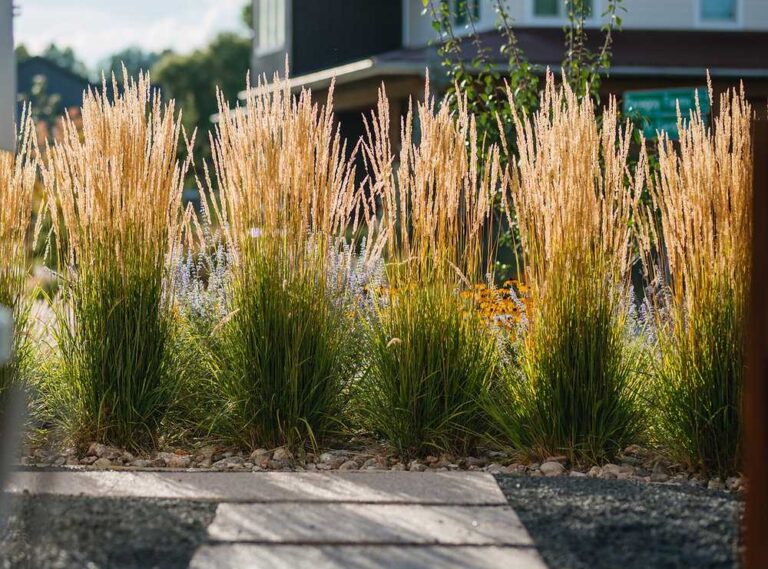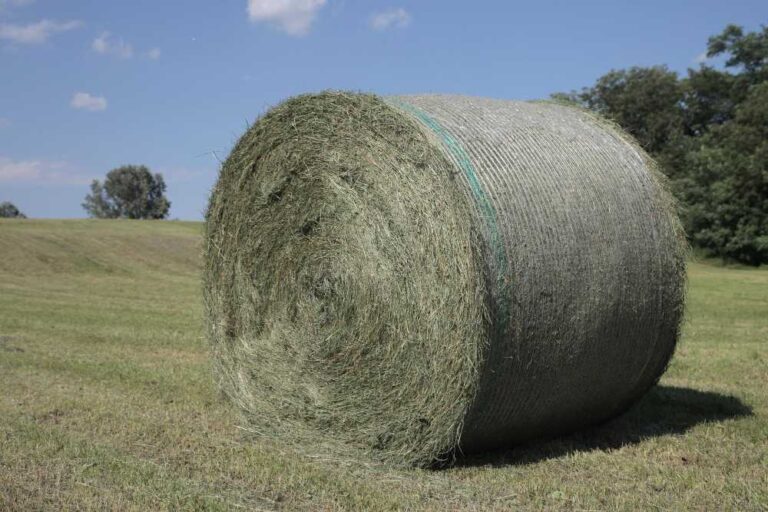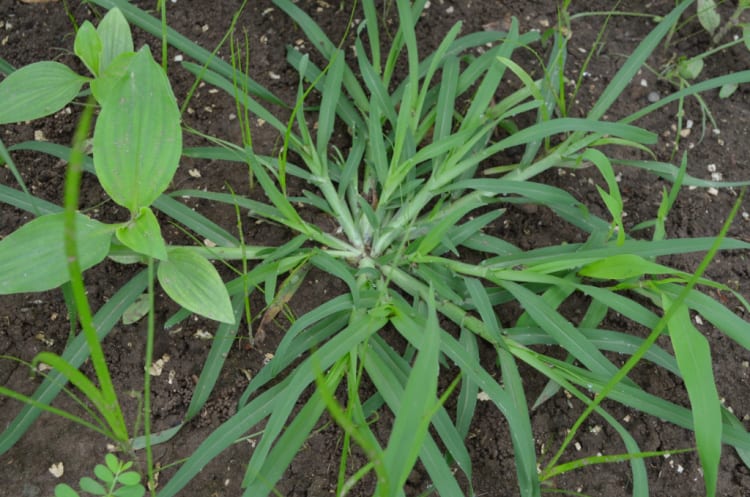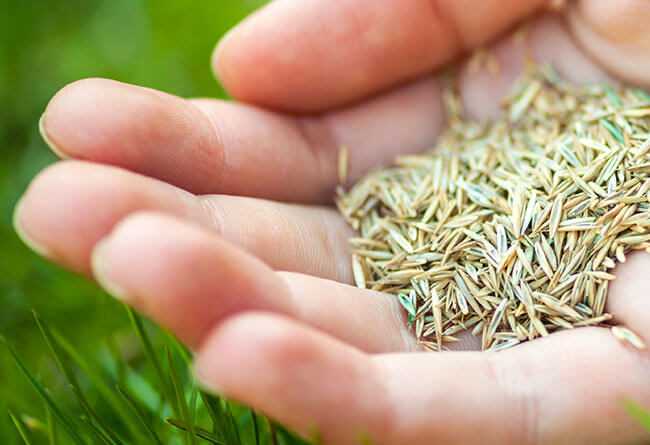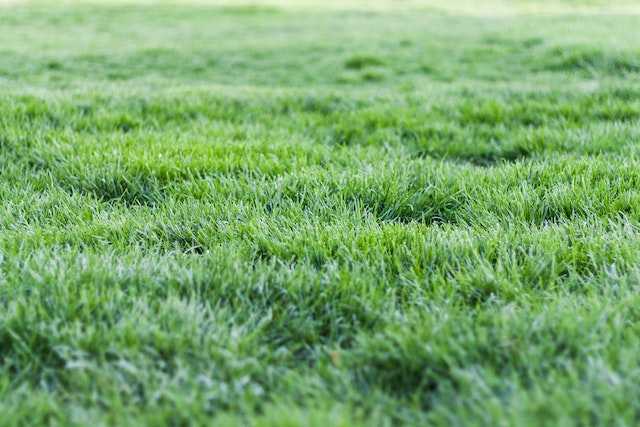Planting Zoysia Grass for the Warm Season: A Comprehensive Guide
Zoysia grass is a popular warm-season grass type for lawns and landscapes. Most homeowners like its lush green appearance, heat, and drought tolerance. It is also durable and can handle heavy foot traffic. Before planting zoysia grass on your backyard lawn, you should know the following.
Choose the Right Zoysia Variety
Choosing the best zoysia grass variety is the first step to ensuring the success of your warm-season lawn. Different zoysia grass types have varying characteristics, which make them suitable for different soil types, climates, and intended uses. Common zoysia grass types include:
- Zoysia japonica – also called the Korean or Japanese lawn grass- is common for warm-season lawns. It has excellent drought and heat tolerance, which makes it a good choice for areas with hot summers. It forms a dense, carpet-like lawn, making it best for residential lawns and areas with high foot traffic. Unfortunately, it can easily turn brown during winter.
- Zoysia tenuifolia is a delicate zoysia grass option with ornamental qualities. It forms a luxurious mat of grass with excellent visual effects. While it isn’t durable compared to other varieties, it grows best in warm and humid climates.
- Zoysia matrella – also called the manila grass, thrives in tropical and subtropical climates. What differentiates Matrella from other options is its excellent salt tolerance properties, which make it a great choice for coastal lawns. Its fine texture also makes it perfect for golf courses and athletic fields.
- Zoysia hybrids – as the name suggests, it combines the best traits of zoysia grasses. This variety can grow in cold weather and is more resistant to diseases.
Soil Preparation for Planting
Proper soil preparation is crucial for growing zoysia grass. Preparing the soil in your lawn properly ensures that the root system penetrates ideal conditions for grass to thrive. Soil preparation includes:
- Soil testing – you should conduct a soil test to assess nutrient content and PH level. Zoysia grass grows well in acidic conditions. Use lime or sulfur to raise or lower soil PH.
- Weed removal – while grown grass will choke out weeds, you should clear your lawn to remove existing grass, weeds, and unwanted vegetation. Weeds compete for light, water, and nutrients, hindering normal growth. You can clear weeds manually or use non-selective herbicides.
Planting Methods
You can plant zoysia grass through the following:
- Sodding – involves laying down zoysia grass plugs onto the prepared lawn. It is best for homeowners who want to establish their lawns quickly.
- Seeding – this option requires patience and close maintenance. Zoysia grass seeds germinate slowly.
- Sprigging – using sprigs is a cost-effective method for growing zoysia grass in small lawns. It involves picking zoysia sprigs or small-grown pieces from established zoysia lawns.
Watering Techniques
Adequate watering promotes healthy growth and root development. Therefore, you should ensure the soil is moist but not waterlogged. Gardening experts recommend only an inch of water for every application. You should reduce this frequency as the grass grows.
Fertilization
Like other vegetation, you should apply fertilizer to maintain a healthy and vibrant lawn. Use balanced fertilizers with ratios of 12-4-8 or 16-4-8 after planting. However, don’t overfertilize, as it causes thatch buildup.
Pest and Disease Management
Pests and diseases are common gardening problems. While zoysia grass is resistant to pests and diseases, it can strike occasionally. Fortunately, proper gardening practices, like proper watering and fertilization, can mitigate armyworms, chinch bugs, and other common pests.
FAQs
Where does Zoysia grow best?
Zoysia grass thrives in warm regions that enjoy full sun exposure. However, different varieties can grow in different climates. Some perform well in temperate zones, while others are suitable for tropical climates.
Is Zoysia the same as Bermuda?
Zoysia grass and Bermuda are different grass species. While they are warm-season grasses, they have different characteristics. Zoysia has a fine texture, slow growth rate, and better shade tolerance.
What is the best soil for Zoysia?
Zoysia grass thrives in acidic soil with a PH of 6 – 7. However, it can tolerate other soil types like loam and sandy soil with good preparation.
Which Zoysia grows fastest?
Zoysia japonica grows faster than other zoysia grass varieties. However, its growth rate varies depending on climatic conditions and garden maintenance.
The Bottom Line
Homeowners can create quality lawns in their homes by growing zoysia grass. They produce dense turf and easily spread by stolons, making them a popular choice for residential landscapes with heavy traffic. However, you should choose the right grass variety, prepare the soil, and follow planting and maintenance practices to establish your home lawn successfully.


